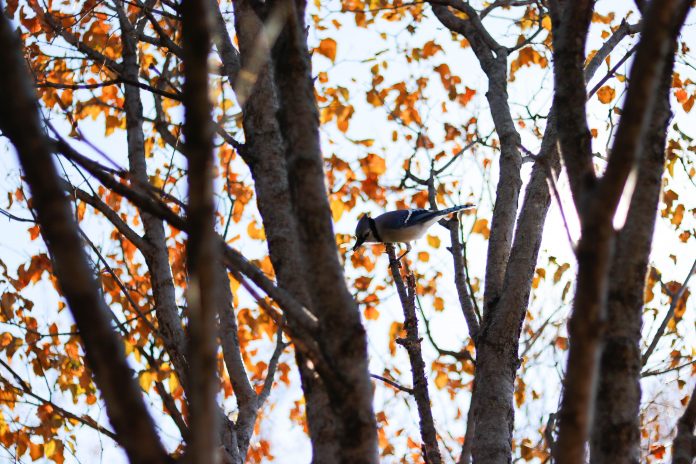Joseph Adams
News Editor
After its successful start in 2017, the bird collisions study was approved for two more years with the beginnings of plans to lessen bird collisions.
The Center for Sustainability conducted an original study about bird collisions with campus buildings led by Krystal Anton, waste management coordinator. Since the study began in 2017, there have been over 299 observations of collisions and over 59 bird species recorded.
Awareness of the problem spread due to the substantial number of birds strikes that occurred in the last year.
“[The fall migration] started in mid-August and ended in November,” Anton said. “But right on through October, that was rough. There were 136 collisions for fall migration that went from August, September and October.”
Kylie Collier, student, worked for the study since March of this year. She started working for the study as a community service project for a class but then came on as an intern. For her, any day she doesn’t find a bird is a good day.
“Obviously the best part is when you don’t find anything because you know that there haven’t been any bird strikes,” said Collier.
Collier regularly does bird walks for the study, even in the cold and snow.
“I started the study first week of march; it snowed the first day that I did it,” Kollier said. “The bird-walks take about fifteen minutes, if you find a bird it can take up to forty. If you find two birds it can take forty-five minutes.”
Those participating in the study have a responsibility to record data in an accurate way after locating a bird.
“When you find a bird, the first thing you do is you get your bag out that has the tag on it,” Collier said. “You put your name, the time you found it, the date, you put the window it might of hit. You put the building, the side of the building you’re on, you judge how far away from the building it is to find out if it hit the second or third floor.”
“You note the condition of the bird to see how long it has been sitting there,” she continued. “You note what the bird looks like and you take note of the scene, you take pictures of the front, back, and side of the bird and find out if its male or female.”
Once collected and weighed, the bird goes to the freezer and then it’s sent to the University of Kansas’ bird sample collection, one of the largest in the country.
Now that the college is aware of the problem because of the study’s success, Anton is working with various departments around the college to lessen the issue.
“I am putting together a solutions packet,” Anton said. “I am deciding the most important place on campus, then the second most important and the third most important. I’m looking at a multiyear solution, the first year will treat the worst area and the next years will look at the areas that are not as bad.”
“I have meetings going on to talk to different departments to see what we want this to look like, budgeting, and other things we need to take into consideration,” Anton said.
According to Anton, the worst spot for collisions is the North wall of the GEB and the angled window located there. The study found 42 birds died in that area and the place has a 40-foot span.
Anton believes that the way to stop bird collisions is to treat windows by adding decals, or things birds can see, in order to avoid colliding with windows.
In 2019, the study will determine if the changes on campus to reduce collisions are successful. Anton discussed her plans for the future of the study.
“There are certain areas we found that we definitely need to treat,” Anton said. “[In] other areas the data is inconclusive as to whether it is a big problem or if there is a pattern to it. Also, we need to monitor any solutions we put in place to make sure there aren’t any unintended consequences, and we will be monitoring the new buildings as well.”
Anton said support for the study has been widespread. Students are participating and doing bird walks for the study, and the college is working with her to create solutions. What started as a community service project for Collier has become something more altogether.
“Every time you come across a bird it hurts a little bit,” Collier said. “We, as a culture, don’t really see our impact on wildlife. You see it other ways, but [the bird walks] are more direct. It forces you to think about what you can do differently, and it tumbles into other parts of your life as well.”
Any student interested in volunteering for the study in the spring can contact Krystal Anton at [email protected] or 913-469-8500 x4929.






















